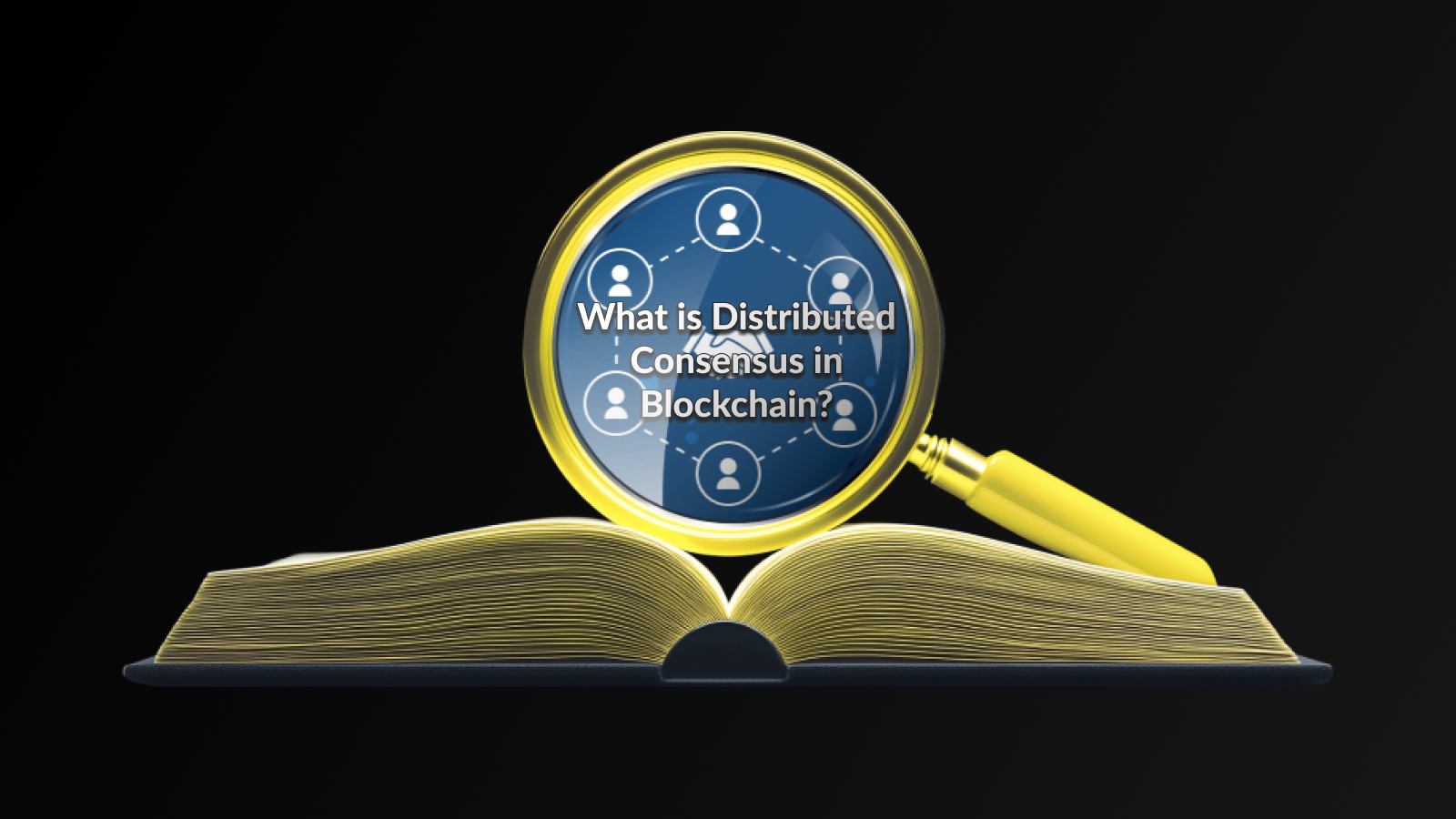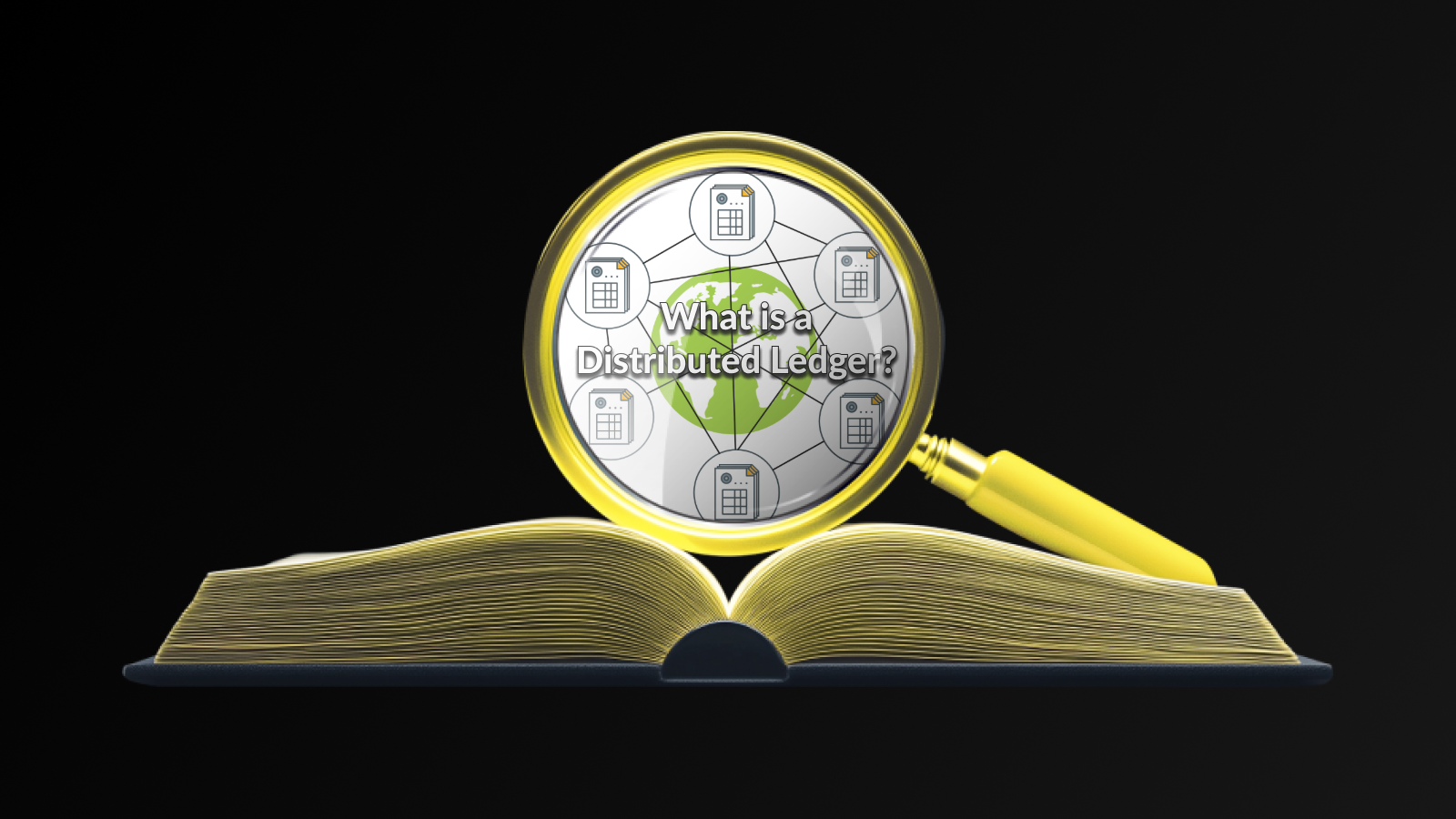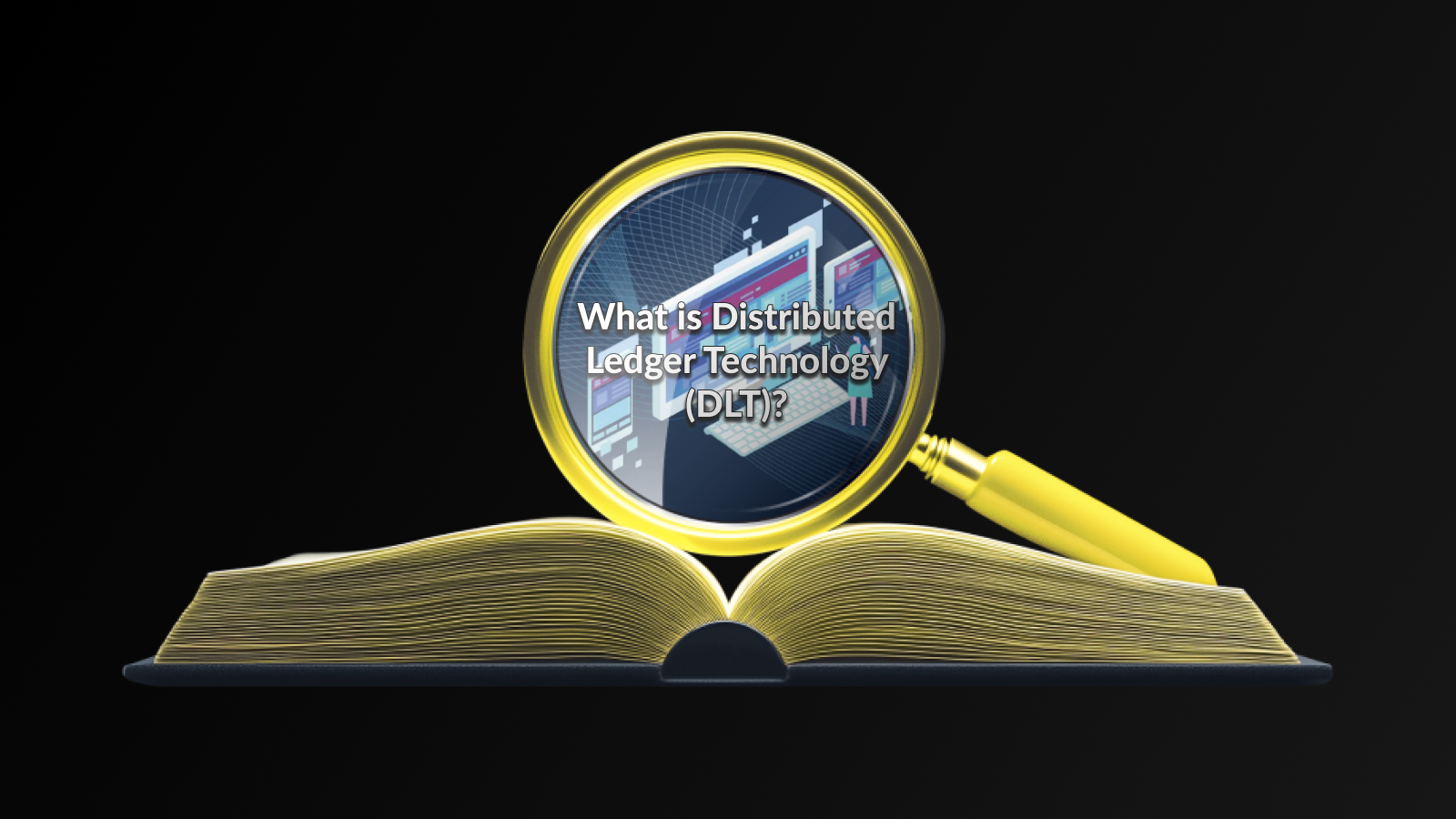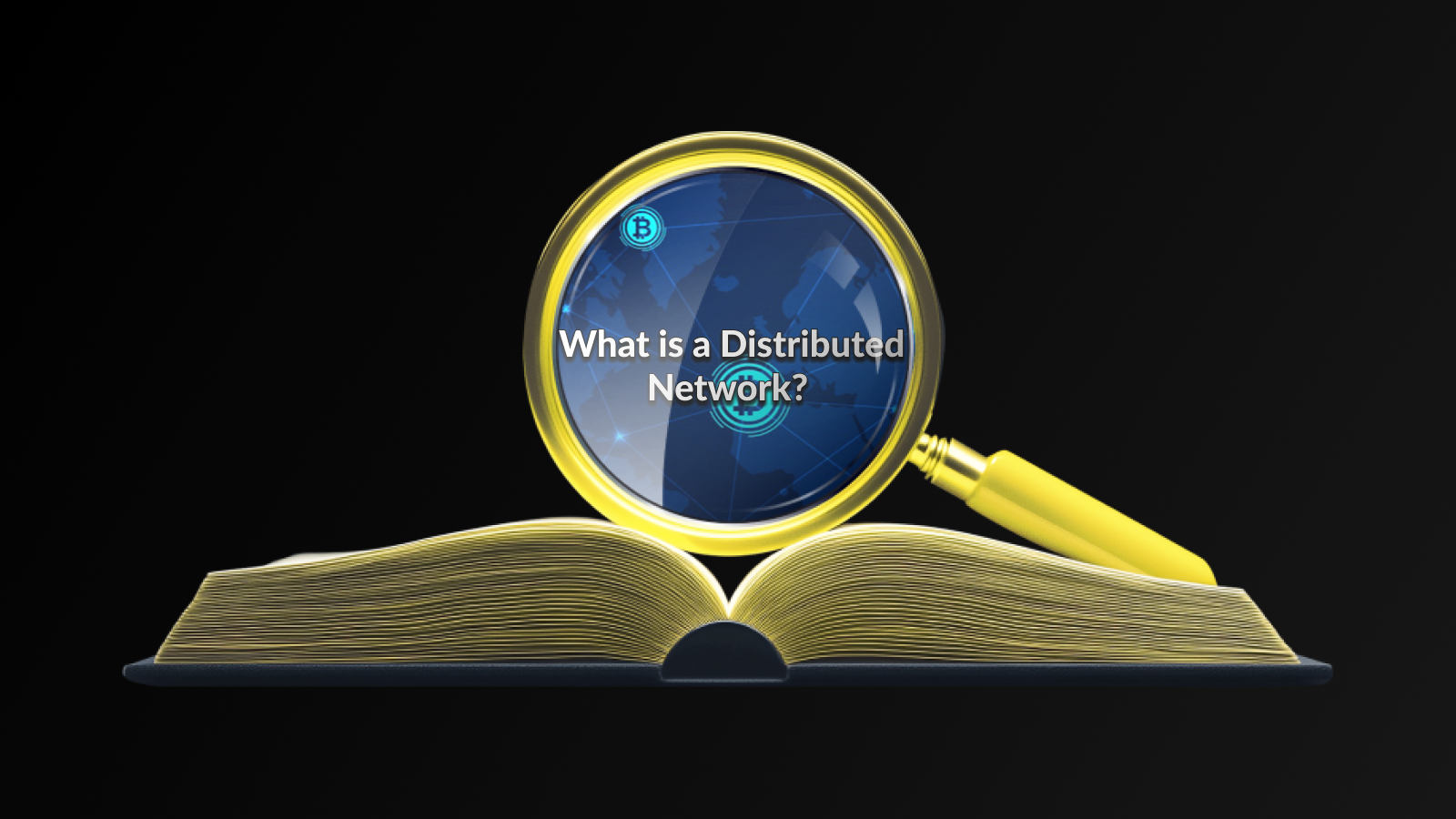Introduction
In blockchain technology, maintaining trust and security across a decentralized network is essential. This is achieved through distributed consensus, a mechanism that allows multiple nodes to agree on the state of the network without relying on a central authority. Distributed consensus ensures that transactions are validated, tamper-proof, and synchronized across all participants, which is vital for preventing fraud and ensuring the integrity of the blockchain.
There are various consensus algorithms, such as Proof of Work (PoW) and Proof of Stake (PoS), designed to achieve this agreement. Each algorithm offers a different balance of security, efficiency, and scalability, depending on the needs of the blockchain network. In this article, we will explore how distributed consensus works, the types of algorithms used, the benefits it offers, and the challenges associated with maintaining consensus in a decentralized system.
How Does Distributed Consensus Work?
Distributed consensus works by ensuring that all parties in a decentralized network agree on the current state of the data, often referred to as the ledger in blockchain technology. This agreement is crucial for preventing fraud and maintaining the integrity of the system. The process typically involves several key steps:
- Proposal: One node in the network proposes a new block of transactions or data changes.
- Validation: Other nodes validate the proposed block based on predefined rules. They check whether the transactions adhere to the consensus protocol, ensuring that all transactions are legitimate.
- Voting: Nodes then cast their votes on whether to accept or reject the proposed block. This voting can take various forms depending on the consensus algorithm employed.
- Consensus Achievement: If a predefined threshold of votes is reached, the proposed block is added to the blockchain, and the network reaches a state of consensus.
- Block Confirmation: Once agreed upon, the block is confirmed, and all nodes update their copy of the blockchain accordingly.
The efficiency of this process can vary significantly based on the type of consensus algorithm used, such as Proof of Work, Proof of Stake, or others specific to Distributed Consensus in Blockchain. Each algorithm offers unique strengths and weaknesses, impacting the speed and security of achieving consensus among the nodes.
Types of Consensus Algorithms
In the realm of Distributed Consensus in Blockchain, various consensus algorithms are employed to achieve agreement across the network. Each of these algorithms has its unique characteristics and applications, making them suitable for different scenarios and blockchain architectures. Here are some of the most prominent types:
1. Proof of Work (PoW)
Proof of Work is one of the earliest and most well-known consensus algorithms. It requires participants, known as miners, to solve complex mathematical problems to validate transactions and create new blocks. While it is highly secure, it is also energy-intensive and may not be the most efficient option for all blockchain applications.
2. Proof of Stake (PoS)
Proof of Stake shifts the focus from computational power to the ownership of the cryptocurrency. Validators are chosen to create new blocks based on the number of coins they hold and are willing to stake. This method significantly reduces energy consumption compared to Proof of Work.
3. Delegated Proof of Stake (DPoS)
In Delegated Proof of Stake, stakeholders elect a small number of delegates to validate transactions on their behalf. This system increases efficiency and speed, making it preferable for applications requiring quick consensus and finality.
Other notable consensus algorithms include Practical Byzantine Fault Tolerance (PBFT), Ripple Protocol Consensus Algorithm (RPCA), and more, each designed to address specific challenges within the framework of Distributed Consensus in Blockchain. Understanding the different types of consensus algorithms is crucial for selecting the appropriate mechanism for a blockchain project.
Benefits of Distributed Consensus
The implementation of Distributed Consensus in Blockchain provides numerous advantages that significantly enhance the integrity and functionality of decentralized networks. One of the primary benefits is the increased security it offers. By enabling multiple nodes to validate transactions and reach an agreement, the likelihood of malicious attacks, such as double spending, is greatly minimized.
Another advantage is the improved fault tolerance. In a Distributed Consensus in Blockchain system, even if some nodes fail or act maliciously, the network can still function effectively. This resilience ensures that the system remains operational, providing reliability and trust among users.
Moreover, Distributed Consensus in Blockchain promotes transparency and trust. As each transaction or change made to the blockchain is visible and verifiable by all participants, it fosters confidence in the system. Users can independently verify the legitimacy of transactions without relying solely on a central authority.
The decentralization aspect of Distributed Consensus in Blockchain eliminates the risks associated with central points of control. This means that no singular entity can manipulate the system for personal gain, which is a significant advantage over traditional centralized databases.
Challenges and Limitations of Distributed Consensus
While Distributed Consensus in Blockchain provides a robust framework for achieving agreement across a decentralized network, it is not without its challenges and limitations. Below are some of the primary concerns that developers and users need to be aware of:
- Scalability Issues: As the number of participants in a blockchain network increases, the time taken to reach consensus can grow significantly. This can lead to slower transaction times and reduced throughput, creating a bottleneck in highly active networks.
- High Energy Consumption: Certain consensus algorithms, such as Proof of Work (PoW), require substantial computational resources, leading to high energy consumption. This raises sustainability concerns and impacts the overall environmental footprint of blockchain technologies.
- Network Partitioning: In cases where the network is divided into multiple segments due to connectivity issues, it can become challenging to achieve consensus across all parts of the network. This fragmentation can compromise the integrity of the blockchain and lead to forks.
- Centralization Risks: Some consensus mechanisms may inadvertently lead to centralization, particularly if a small number of participants control a significant portion of the network’s resources (e.g., mining power). This can undermine the fundamental principle of decentralization that blockchain aims to uphold.
- Complexity and Implementation Issues: Developing and implementing distributed consensus algorithms can be complex, requiring not only technical expertise but also thorough understanding of existing algorithms. This complexity can lead to potential vulnerabilities that are exploitable if not well-designed.
- Compromised Security: If a majority of the network’s participants collude (known as the Byzantine Generals Problem), they can manipulate the consensus process, leading to deceitful behaviors, such as double-spending or fraudulent transactions.
While Distributed Consensus in Blockchain provides essential mechanisms for trust and reliability, addressing these challenges is critical for the continued evolution and adoption of blockchain technology.
Frequently Asked Questions
What is distributed consensus in blockchain?
Distributed consensus is a mechanism that enables multiple nodes in a blockchain network to agree on the current state of the data, ensuring that all participants have a consistent view of the blockchain.
Why is distributed consensus important in blockchain technology?
It is crucial because it prevents double spending, ensures the integrity of transactions, and allows for decentralized decision-making among participants in the network.
What are some common consensus algorithms used in blockchain?
Some common consensus algorithms include Proof of Work (PoW), Proof of Stake (PoS), Delegated Proof of Stake (DPoS), and Practical Byzantine Fault Tolerance (PBFT), each with its own advantages and trade-offs.
How does Proof of Work achieve consensus?
Proof of Work achieves consensus by requiring nodes (miners) to solve complex mathematical problems to validate transactions and add new blocks to the blockchain, ensuring that the network remains secure.
What are the challenges associated with achieving distributed consensus?
Challenges include network latency, the potential for forks, the risk of malicious actors attempting to disrupt consensus, and the scalability of the consensus mechanism as the network grows.
Can distributed consensus be achieved without central authority?
Yes, distributed consensus is inherently designed to function without central authority, relying instead on cryptographic techniques and decentralized validation by multiple nodes.
How does distributed consensus enhance security in a blockchain?
It enhances security by ensuring that transactions are agreed upon by multiple nodes before they are added to the blockchain, making it difficult for any single entity to tamper with the data or manipulate the consensus process.
Disclaimer
This article is for informational purposes only and does not constitute financial, investment, or legal advice. Distributed consensus mechanisms involve technological, regulatory, and environmental considerations. Always conduct your own research and consult with a licensed professional before engaging in crypto-related activities. Darkex does not guarantee the accuracy or reliability of third-party information referenced in this article.
Click for more Darkex educational articles





